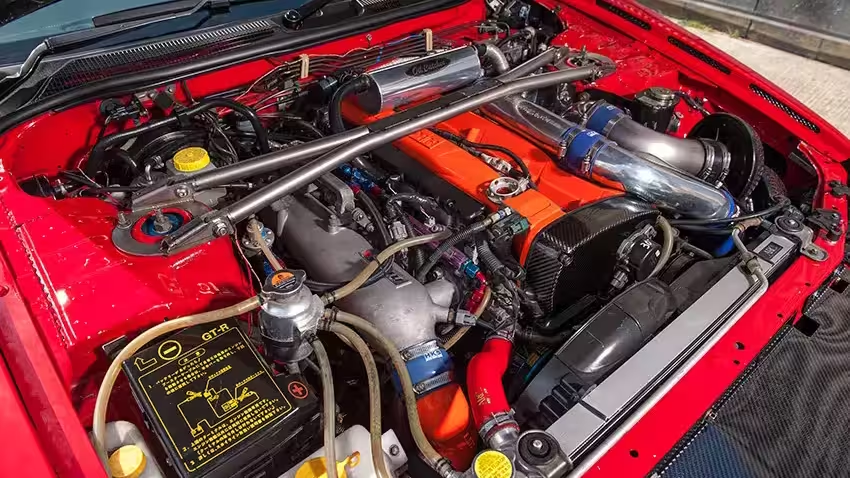

When it comes to legendary Nissan engines, few names spark as much passion and debate as the SR20DET and RB26DETT. Both are icons in their own right—beloved by gearheads and tuners worldwide. But when you’re chasing that perfect blend of performance, reliability, and drivability, the SR20DET often takes the crown. Here’s why this humble four-cylinder can go toe-to-toe with, and in many cases outshine, its six-cylinder sibling.
One of the most underrated performance factors is weight, and that’s where the SR20DET shines. As a four-cylinder engine, it naturally weighs less than the beefier RB26DETT. That weight difference might not seem like much on paper, but out on the track or through a twisty canyon road, it translates to sharper handling, better weight distribution, and more responsive steering. In builds where nimbleness and balance are everything, the SR20DET provides a noticeable edge. Less weight over the front axle means the car feels lighter on its feet, perfect for drifters, autocrossers, or anyone who values control over brute force.
Let’s be real—building a performance car isn’t cheap. But the SR20DET makes going fast feel a lot more attainable. Compared to the RB26DETT, it’s significantly more affordable both to buy and maintain. Aftermarket parts are everywhere, from mild bolt-ons to full-blown race setups, and you won’t need to sell a kidney to get your hands on them. Whether you’re a weekend warrior or just getting into engine swaps, the SR20DET lets you stretch your budget without compromising on quality or potential. It’s a platform that welcomes tinkerers, tuners, and budget-minded builders with open arms. 
The SR20DET is the Swiss Army knife of Nissan engines. Found in popular platforms like the Silvia and 180SX, it’s compact, adaptable, and plays nice with a variety of chassis. That makes it a dream for custom projects, especially if space is limited. Whether you’re dropping it into a lightweight drift car, a retro Datsun, or even something completely out of left field, the SR20DET gives you the flexibility to dream big. On the flip side, the RB26DETT is a bit more demanding when it comes to engine bay real estate—and often requires more substantial modifications to fit cleanly.
Don’t let the SR20DET’s smaller displacement fool you—this engine packs a punch. It responds beautifully to mods and can handle boost well with the right internals. Enthusiasts regularly push these engines into the 300-400 horsepower range on stock bottom ends, and with a fully built setup, you’re looking at even bigger numbers. While the RB26DETT has incredible top-end power, the SR20DET is often more approachable for DIY tuners. Its simpler layout makes it easier to work on, and tuning it can be as rewarding as it is effective. For those who enjoy the journey of building as much as the end result, the SR20DET is a tuner’s playground.
Performance isn’t just about peak horsepower—it’s also about how the car feels day to day. And here’s where the SR20DET continues to impress. Its smaller size and lighter weight mean less stress on the chassis and suspension, making for a more balanced and refined driving experience. It’s easier to cool, easier to work around, and generally less of a headache when it comes to packaging and maintenance. While the RB26DETT is a monster on the straightaways, the SR20DET offers the kind of usability that makes a car fun and functional whether you’re commuting, cornering, or carving up a back road.
No doubt—the RB26DETT is a beast, and it’s earned every bit of its legendary status. But when you look at the full picture—affordability, flexibility, ease of use, and all-around performance—the SR20DET stands out as a smart, capable, and downright fun choice. It may not have the same raw power out of the box, but it makes up for it with charm, potential, and sheer drivability.
So, when it comes to building your dream machine—lightweight and nimble or big and brawny—what engine would you pick?








